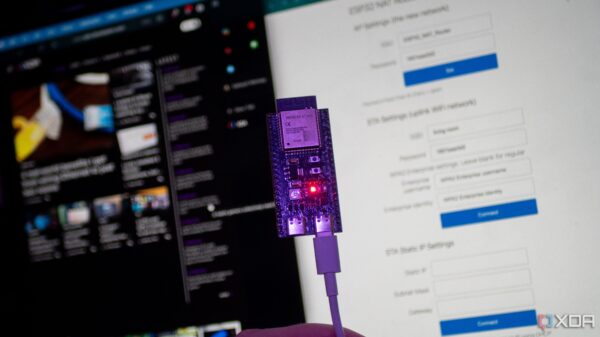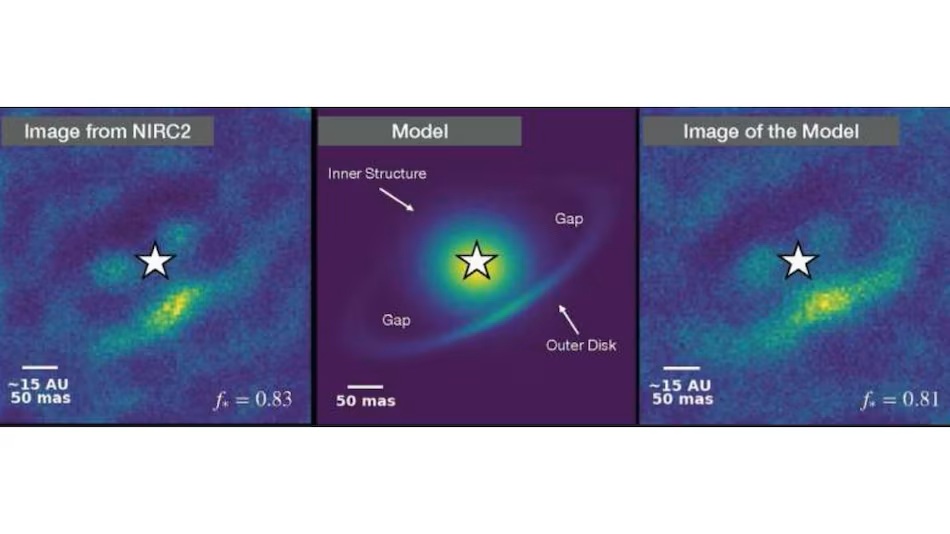Astronomers have identified potential signs of a new infant planet forming within a cosmic “planet-making factory” located approximately 400 light-years from Earth. This discovery sheds light on the processes behind planet formation and offers insight into how celestial bodies like our own Earth come to exist.
The observations were made using advanced telescopic technology and detailed analysis of the surrounding environment, which appears to be conducive to the birth of new planets. The region, described as a “planet-making factory,” is rich with gas and dust, providing the necessary materials for planetary development.
According to research published in IOPScience, the formation of this new planet is still in its early stages. Astronomers have detected key indicators, including the accumulation of material and gravitational interactions, that suggest a planet is taking shape. These findings not only enhance our understanding of planetary systems but also contribute to the broader field of astrophysics.
Understanding Planetary Formation
Planet formation is a complex process that has intrigued scientists for decades. The initial stages typically involve the accumulation of gas and dust in a protoplanetary disk surrounding a young star. As these materials collide and coalesce, they form larger bodies, eventually leading to the development of planets.
The newly observed planet is thought to be in a similar stage of formation. Researchers are particularly interested in how the environment within this cosmic factory influences the planet’s growth and characteristics. Understanding these dynamics could provide valuable insights into the formation of other planetary systems, including those that may host life.
Astronomers are utilizing cutting-edge observational techniques to capture data on this infant planet’s characteristics. By analyzing light patterns and other emissions, they can infer the planet’s composition and the dynamics at play within the surrounding disk.
The Significance of the Discovery
Discoveries like this one are crucial for advancing our knowledge of the universe. They not only help scientists understand the conditions necessary for planet formation but also raise intriguing questions about the potential for life beyond our solar system.
The findings highlight the importance of continued investment in astronomical research and technology, as each new observation adds another piece to the puzzle of how planets like Earth form and evolve. As more data becomes available, researchers hope to refine their models and predictions about planet formation processes.
In summary, the detection of a new infant planet forming within a cosmic factory located 400 light-years away represents a significant advancement in our understanding of astrophysics. The ongoing research will likely yield further insights into the intricate processes that govern the birth of planets and the environments that support their development.








































































